
Several years ago I began a blog devoted to my encounters with Scripture, with the Book of Common Prayer (in its different forms) as my guide. That blog, with the not-incredibly-creative title Bible and Prayer Book, is one that I've returned to from time to time. The penitential liturgical season of Lent begins in just a couple of days, with Ash Wednesday falling on Valentine's Day this year. Back in those days when I first returned to church, Lent had a lot of meaning for me, as it was during Lent that I first rediscovered my faith as an adult. Over the years since then, I have not always been very rigorous in my observance of the Lenten discipline, but this year I'm making an attempt to be more so. So I shall be posting on the aforementioned blog more often over the next several weeks.
I also intend to post a bit more regularly here on the Bible Bookshelf Blog as well, so stay tuned. And feel free to check out all my material on Bible and Prayer Book!
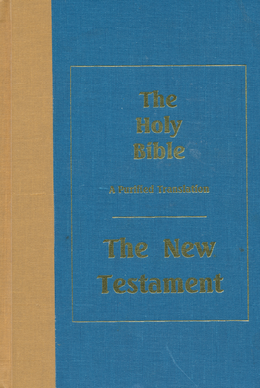

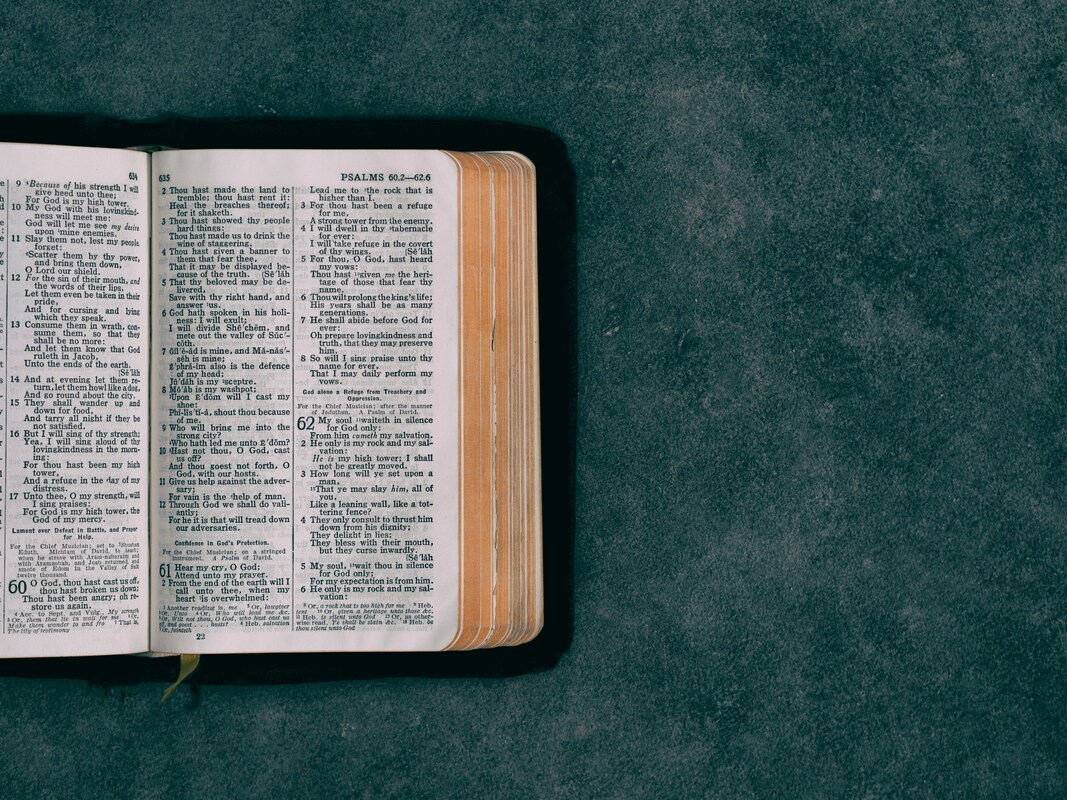
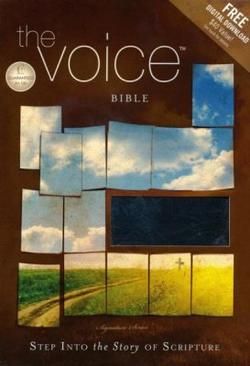
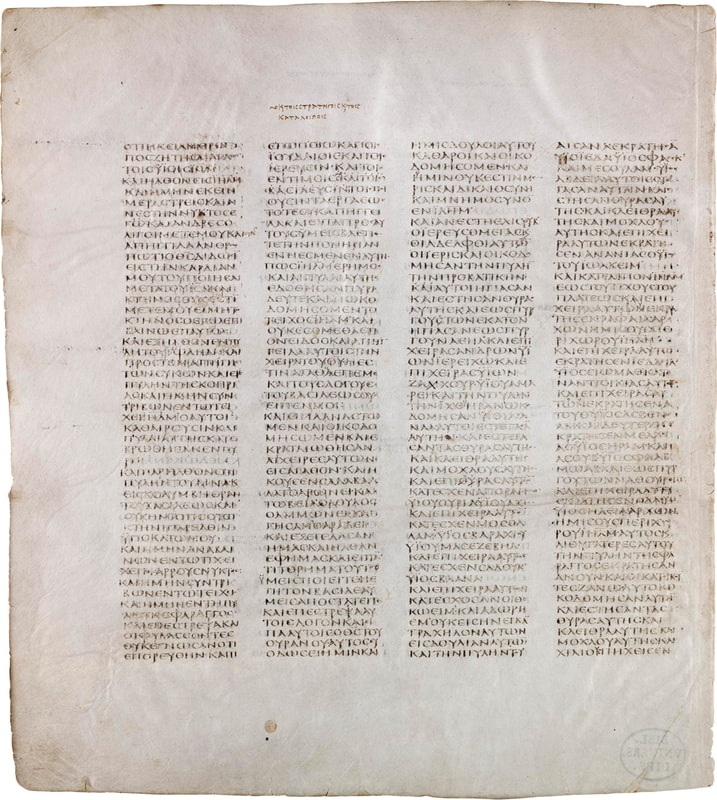
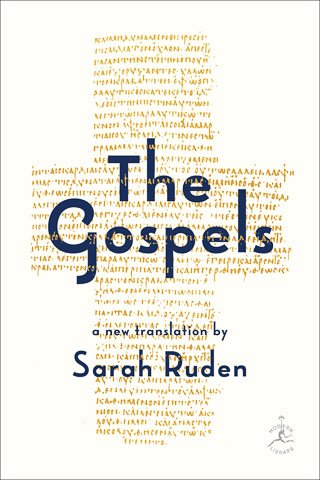
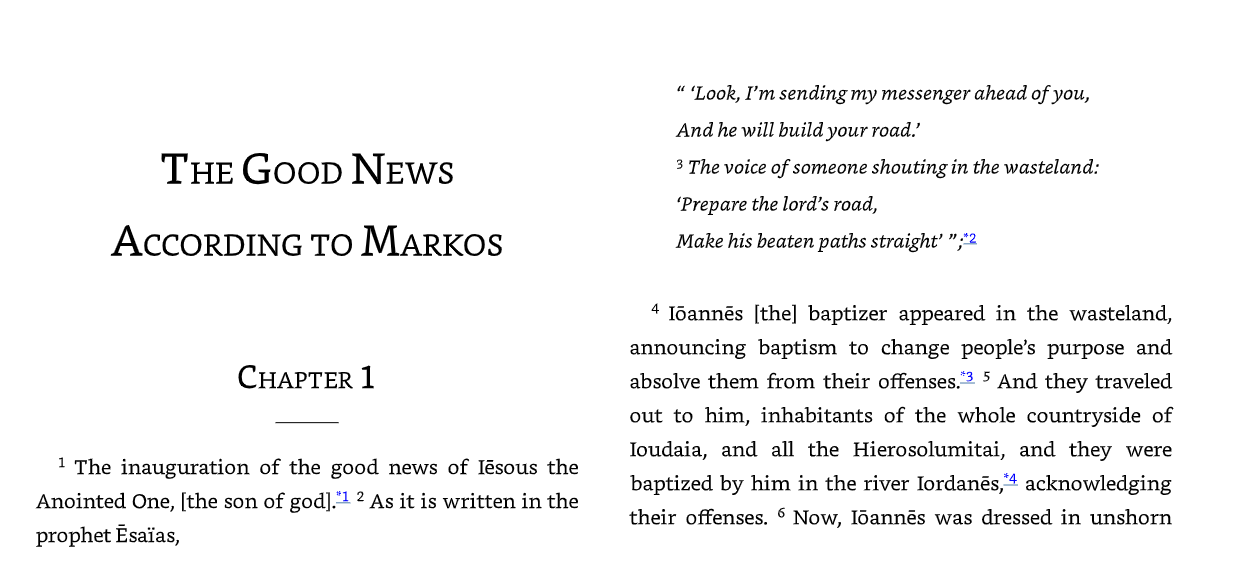


 RSS Feed
RSS Feed
